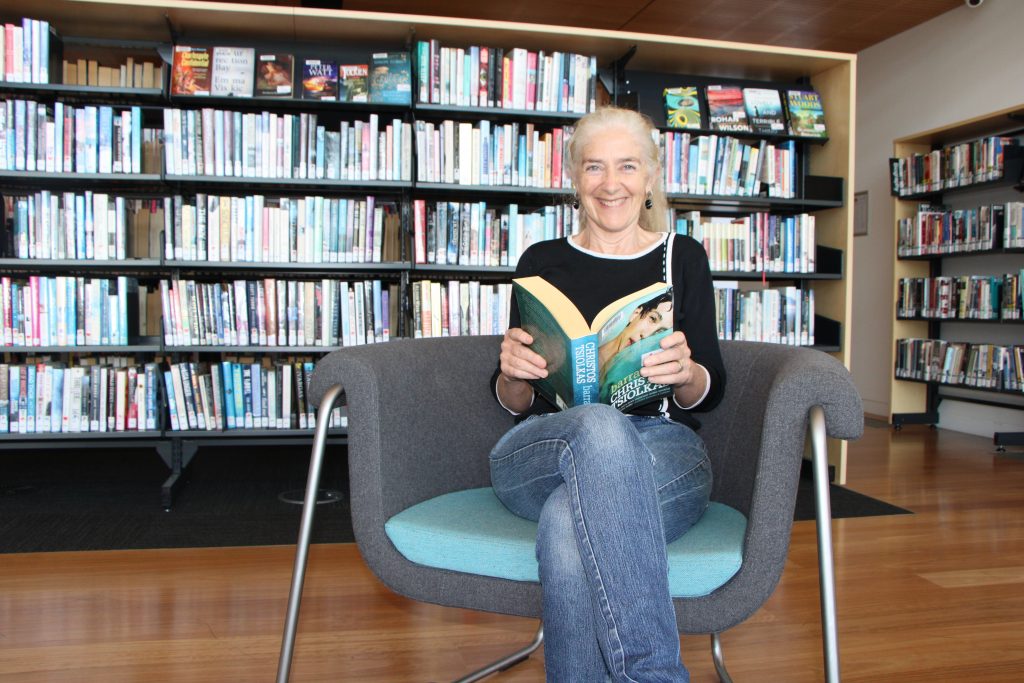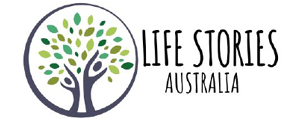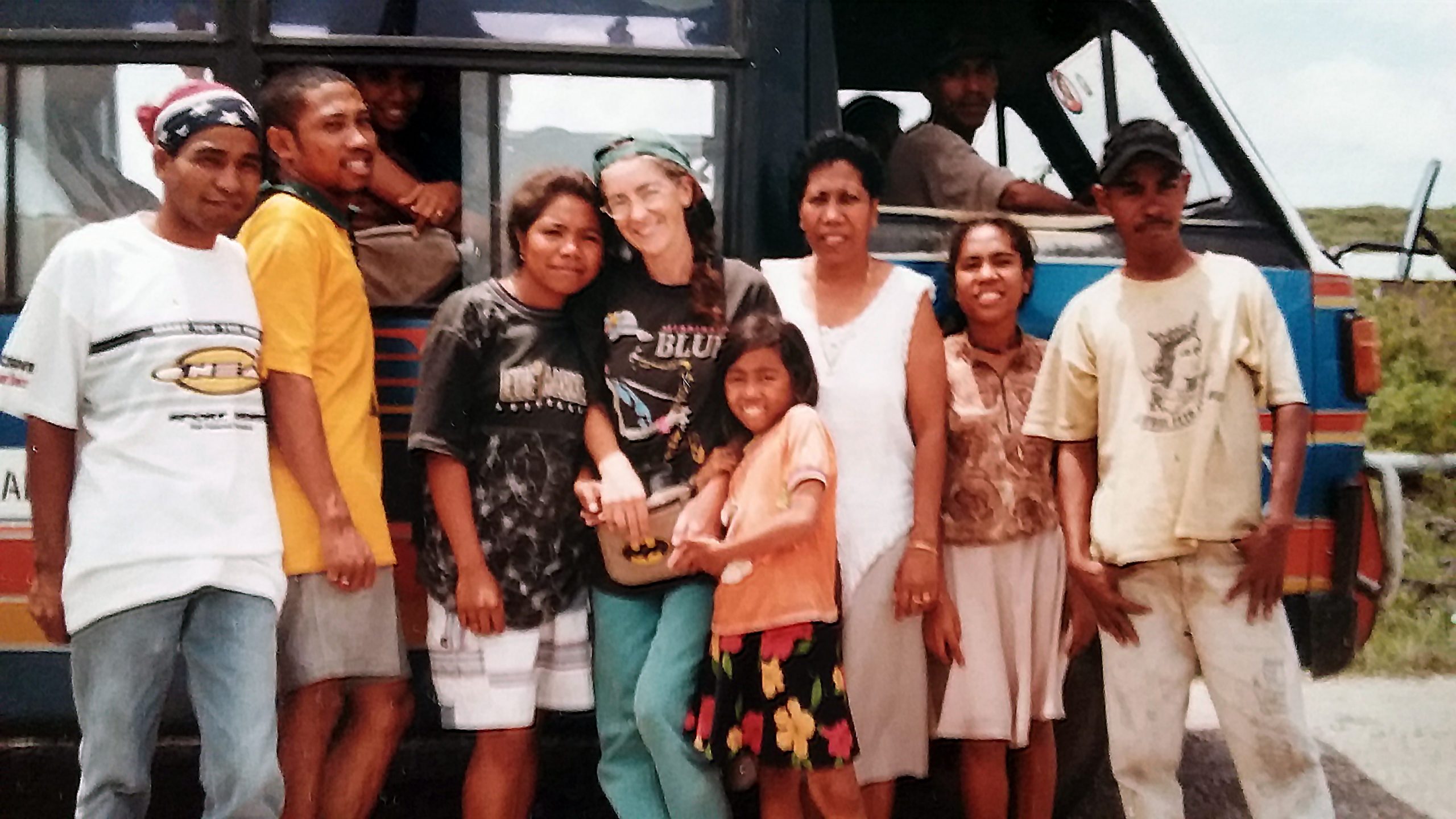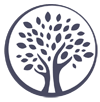Carolina Do Rosario and family, other members of the Resistance, and Sally-Anne, in Baucau, East Timor, 1998.
Family story telling
I have been a writer, poet, listener of stories, and storyteller of other people’s stories since I was a little kid telling stories to my younger sisters.
I am the middle child of nine kids. Ours was (and still is) a family of storytellers.
Mum told us stories in the evenings about when we kids were young or before we were born and about our ancestors: the O’Dubdas, descendants of a mermaid; the Watsons, who’d dug the channels between the Loddon and Campaspe in the 1870s; our radical great-grandfather, Bernard O’Dowd, known as ‘Australia’s first poet’. When Dad wasn’t working, he recited poems and sang Gilbert and Sullivan songs to us kids. On weekends, we went to the farm with Dad; while he worked, we kids rode horses, played in the dam or rounded up cattle. Driving home in the sunset, Dad told us stories about the land, plants, birds, animals, stars.
From the age of five onwards, I was telling stories to the babies and toddlers at bedtime. Making up stories; reading storybooks out loud; retelling family stories to the littlies. Ancestral imagination spilling out of my head and into theirs. Throughout my childhood, I filled book upon book with my own stories and poems, which I also read aloud to the littlies (who were a captive audience).
Travel led to trauma storytelling
In my early 20s (in the mid-1980s), I began travelling around Australia and overseas, working in various places, and writing every day in my journals. In the mid-1990s, I moved back to Darwin and became a committed East Timor activist. I went to East Timor several times while the country was occupied by the Indonesian military and interviewed victims of rape and torture and witnesses to massacres. I documented testimonies, wrote articles and press releases, and self-published a book based on East Timorese people’s stories. I went on to compile and produce two volumes of East Timorese women’s oral histories, published by East Timorese organisations in 1999 and 2001.
In 2002, I established a scribing and editing business. For the first couple of years, I mainly wrote and edited reports for government and business clients; then I moved on to editing books as well as reports; then I began specialising in life story writing, editing memoirs, and producing self-published life stories, which is what I am doing now.
The memoirs I produce are usually for clients who need someone to document what they say and type it up into a book for them, either because they feel they are better at talking than writing, or because they cannot type or write. So, I type while the client speaks; I then edit and compile those stories into a structurally sound memoir; I then work with my team and the printer to design, edit and produce the client’s memoir.
Voice, engagement, and design
The most important thing I do when producing a client’s memoir is to ensure that 1) the author’s own voice rings true throughout their story, 2) the book is easy to read and engaging, and 3) the book is beautifully edited and designed so that the author and their audience love it. Life story writing is not always easy but each book I have worked on, each client I have worked with, has taught me a lot and has made me a better person. I look forward to continuing to write and produce life stories and memoirs for years to come.

Sally-Anne Watson Kane
Life Stories Australia member



Follow Us